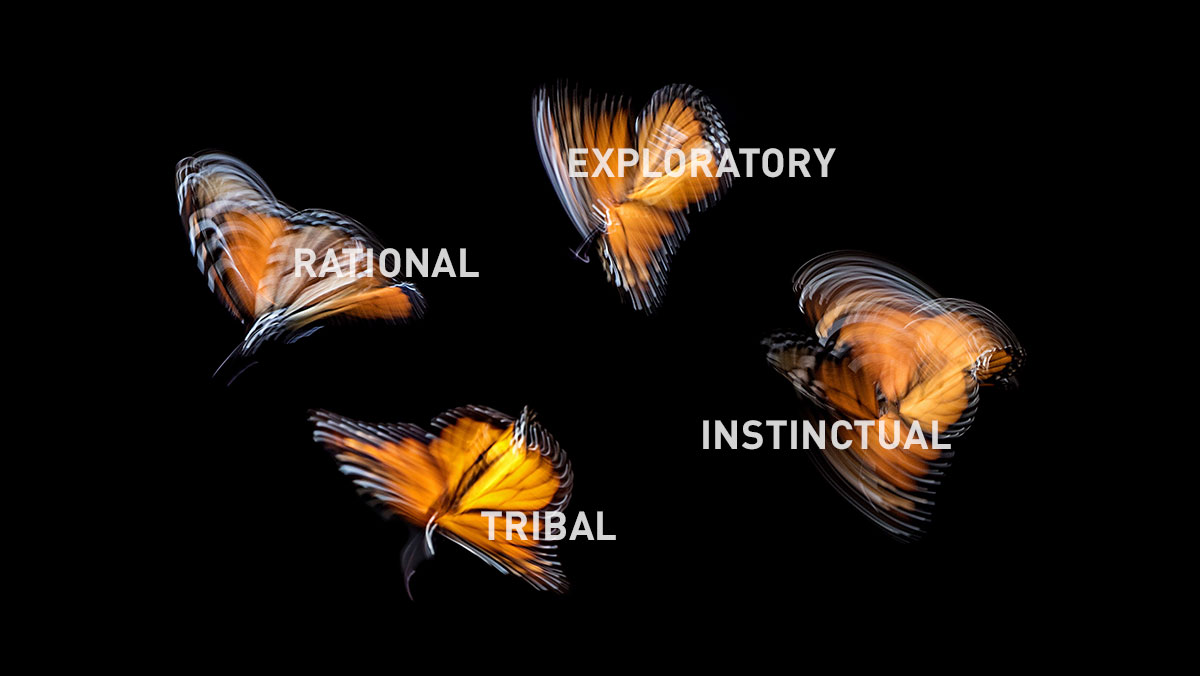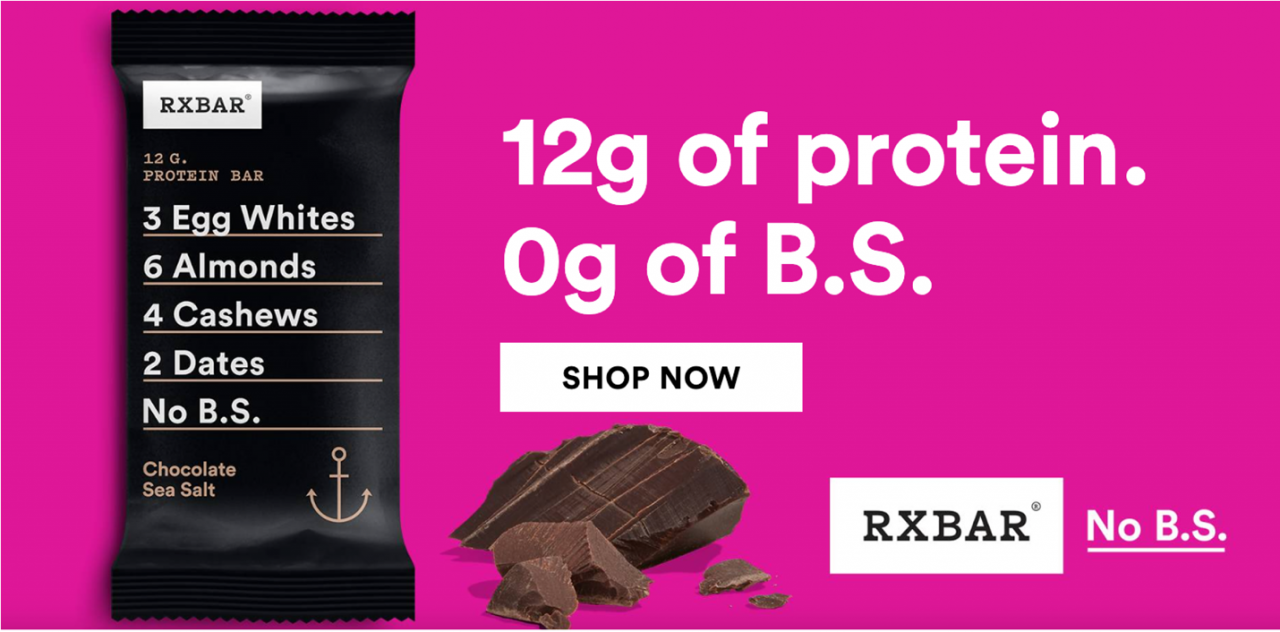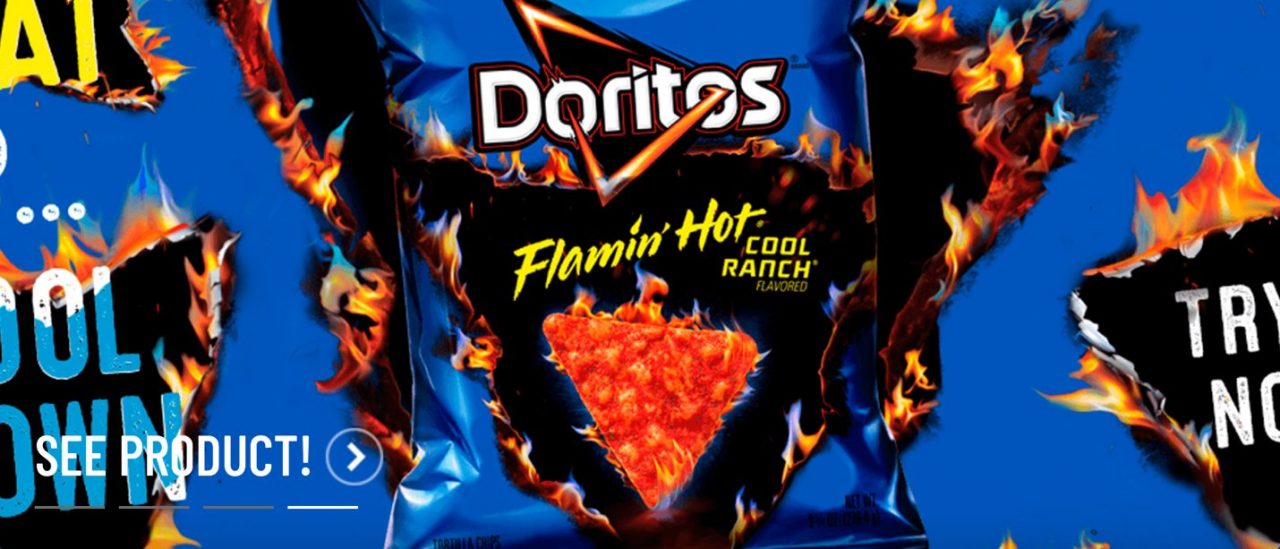
We all know that people are not all the same and neither is their behavior, even for very specific product categories.
But it’s not totally subjective, either.
If you’re planning segmentation this year or have a segmentation in hand that’s turning out tough to activate against or simply want to figure out how to drive buy-rate and penetration for your brand…
You need to uncover which of the four human drivers correlate with your category – which then, in turn, reveals how to position your brand and communicate to consumers for maximum behavior-driving.
Neuroscience provides these four drivers which are durable, predictable, and explain WHY people act the ways they do in a given context (like a category, stage of the purchase journey, or shopping channel).
1. Rational
Pursues INFORMATION via reading labels, comparing options, and deciding for themselves which decision makes the most logical sense (this is usually how most of us THINK we make decisions).
To successfully serve this motivation, brands need to:
- Empower consumers to learn about the category and acquire knowledge;
- Enable comparative choice via ‘the facts;
- Focus on tangible results.
An example of a brand serving the rational driver:
The repeatable tenets to nail a rational strategy:
- Verbal information (words and numbers, not pictures);
- Empowers the consumer to assess why this is superior to competitors;
- Light on marketing (e.g., “No B.S.” tagline).
2. Tribal
Pursue ALIGNMENT via the wisdom of the social tribe to ‘endorse’/approve a decision (or brand choice).
To successfully serve this motivation, brands need to:
- Position the brand as a conduit to positive social acceptance and interactions;
- Frame the purchaser as the provider of great experiences to others – give them credit;
- Focus on social belonging.
The repeatable tenets to nail a tribal strategy:
- Verbal information that compels ‘slow’ thinking (words and numbers in hand-written font, not pictures);
- Focus on external, high-value ideas (e.g., about “US” rather than “ME”);
- Enables consumers to envision positive social outcomes.
3. Exploratory
Pursues new DISCOVERY, meaningful personal experiences, and sensory-based decisions.
To successfully serve this motivation, brands need to:
- Elevate the experience provided, using all five senses;
- Leverage products and promotions to let consumers explore and discover exciting new experiences;
- Focus on immersive exploration.
The repeatable tenets to nail an exploratory strategy:
- Communicate via imagery (pictures and shapes rather than words);
- Focused on discovery and a bit of mystery – stops short of describing the experience in detail;
- Evokes positive memories (in this case, nostalgia for kid-like experiences).
4. Instinctual
Pursue WINNING and stand out from the pack via gut instinct and satisfying impulses.
To successfully serve this motivation, brands need to:
- Keep the consumer at the core – make it all about THEM;
- Provide social status and prestige, and give them all the credit;
- Focus on fast, high-sensory appeals.
The repeatable tenets to nail an instinctual strategy:
- Communicate via imagery that triggers a bit of fear (shadow, depth of field, flames);
- Iconography that evokes boldness – points, triangles coming into the foreground, photo-realism;
- Empowers the user to rise to the challenge/demonstrate strength.
Think about the last car you bought – you can probably identify which of the above most strongly influenced your choice (even if you’d hesitate to announce it out loud).
It can become more mysterious, however, in determining why you chose a brand of cola, a fast-food place, or a toothpaste brand – but the same forces were at work deep in your subconscious.
And, these forces directly predict how you’ll make decisions, what/who will influence you in the journey, and how to attract your attention. What’s more, it can be difficult for consumers to articulate – or even recognize – the proper drivers of their behavior for more ambiguous categories like food and beverage.
We conducted a study in an effort to identify why consumers purchase certain brands of food and beverages for parties. Traditional research had continually indicated the motivation was tribal – that party hosts selected brands they thought everyone would agree upon and enjoy.
Makes sense, and every piece of research continually confirmed this motivation. Just one problem – the brands weren’t growing; it wasn’t working in the store.
Our analysis revealed that, in fact, while the party host THOUGHT that their purchases were driven by a consideration for the tastes of their guests, the truth was something different. In fact, the motivation was something far more intrinsic, personal, and self-serving.
Activating on this insight drove a double-digit sales increase versus previous comparative periods. Leveraging the human truths worked. Big time.
Even with expensive, months-long segmentation studies, all roads will lead back to these four human truths. One of these core motivations is driving YOUR category – and is the key to unlocking the often elusive ‘actionable segmentation.’
Cover image source: Ian Parker



